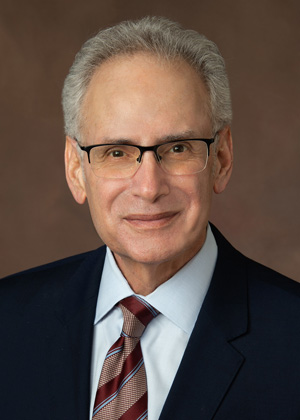
New concussion guidelines could allow athletes to return (carefully) to activities sooner

On March 26, 2024,
New concussion guidelines were published in the Journal of Athletic Training that could allow students with concussions to return to educational and sporting activities sooner. The new guidelines allow “an athletic trainer to do, basically, what they knew to do anyway,” said Dr. Stanley Herring, clinical professor, Department of Rehabilitation Medicine, Zackery Lystedt Sports Concussion endowed chair, and co-founder of The Sports Institute at UW Medicine. “I think it will elevate care and give power to the athletic trainer in professional sports as well.”
The new document, Bridge Statement: Management of Sport-Related Concussion, is an update to the 2014 recommendations. It is designed to empower athletic trainers to make informed decisions about the care and management of concussions and integrates scientific literature (up to 2023) to provide comprehensive guidance on the education, assessment, and management of concussions. Notably, the document updates recommendations for rest after a concussion. Earlier guidelines recommended total rest until concussion symptoms resolve, but new research suggests that after a brief physical and cognitive rest of 24-48 hours, student-athletes may be able to resume light exercise and return to school—as long as symptoms are stable and effort doesn’t make them worse.
The Bridge Statement introduces over 25 revised or new guidelines, reflecting the latest advancements in concussion care. It emphasizes the significance of considering biopsychosocial factors alongside biological injury, acknowledging the intricate interplay between physical, cultural, social, and psychological elements in concussion management.
To mark the release of the new guidelines, the National Athletic Trainers’ Association (NATA) hosted a panel of national experts, including Dr. Herring, to discuss the future of concussion care. The full event recording is available on the NATA Vimeo channel.
The release of the Bridge Statement was also covered by AP News.